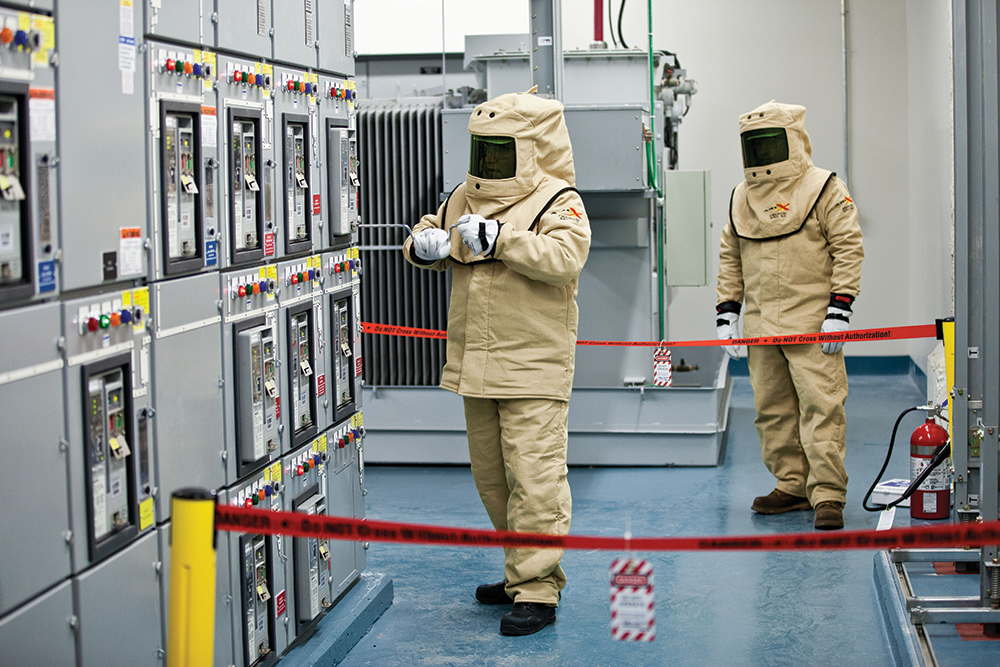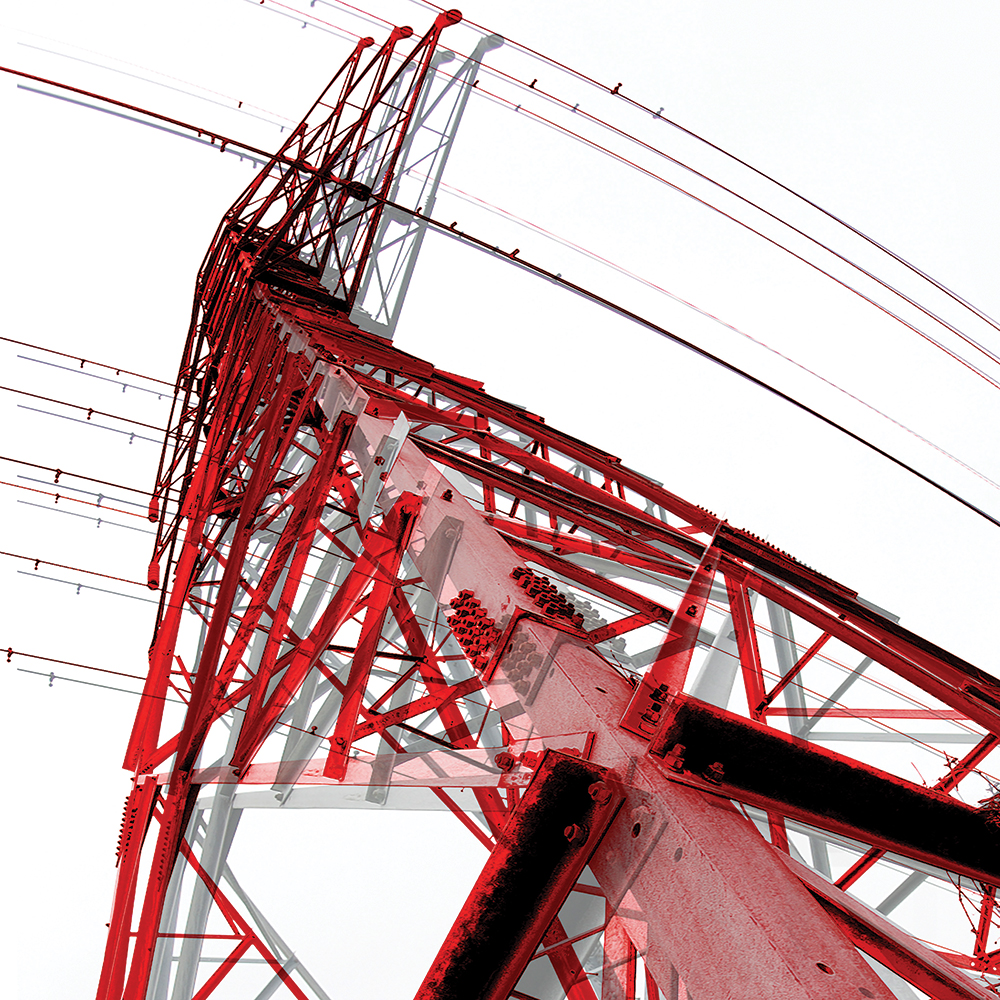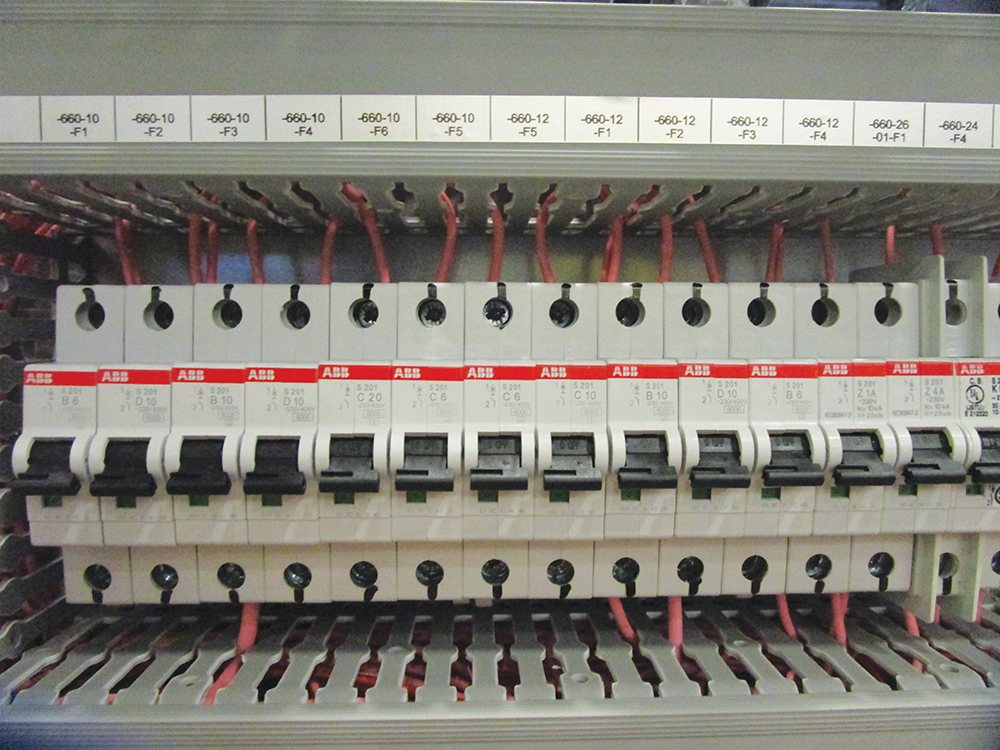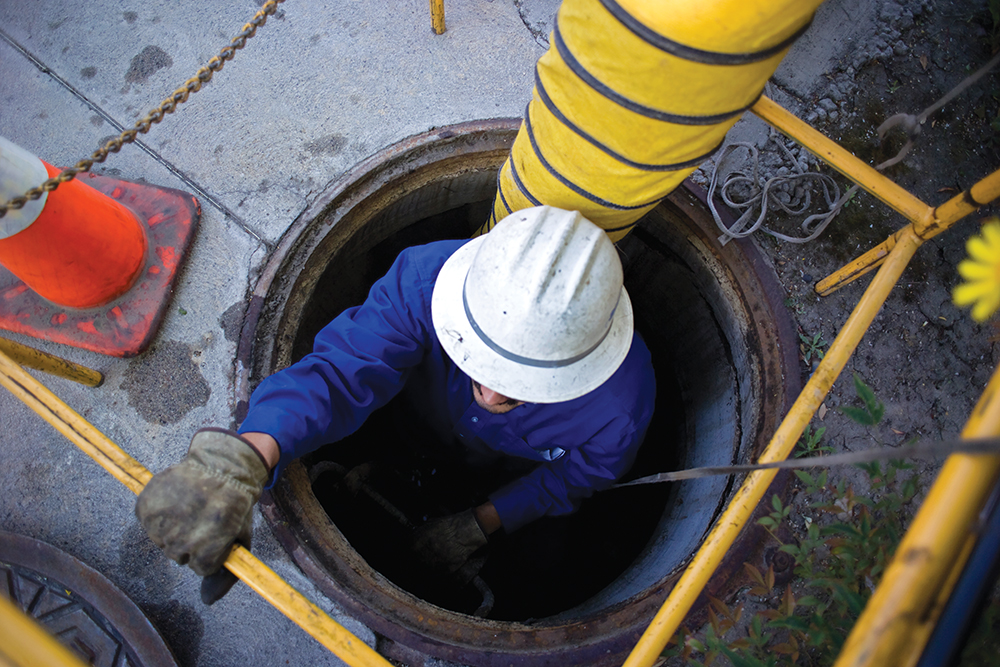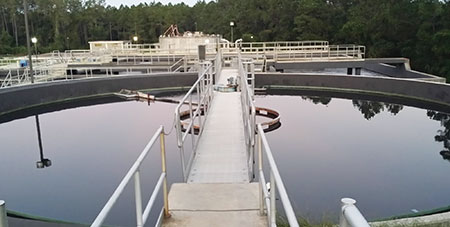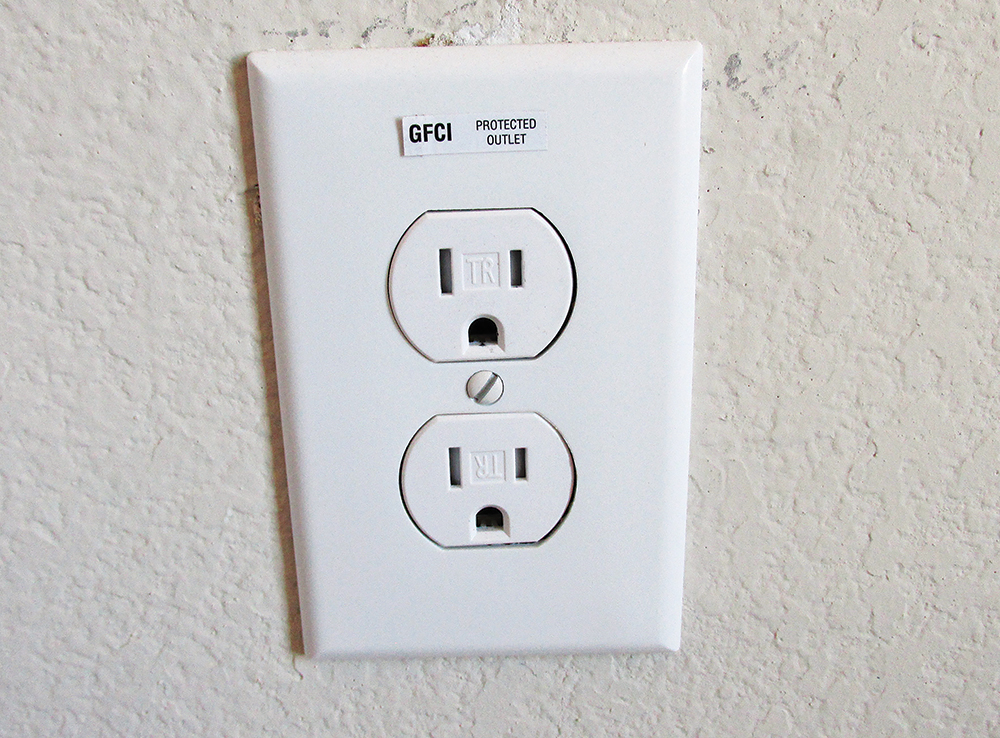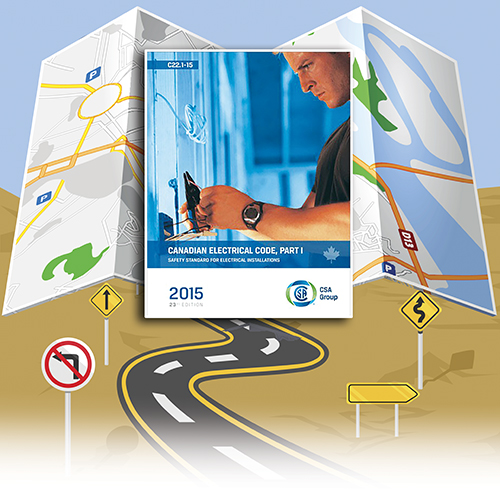This article attempts to lay the foundation for properly planning for inspection of a large-scale PV project, developing an inspection team, and communicating with all of the players.
This article will review the necessary steps to develop an Electrical Safety Program for your company. The first priority is to understand what energized work is and why you need an Electrical Safety Program for due diligence.
Ground potential rise is a very important and very dangerous event. The grounding engineer will be required to develop safety systems to protect any personnel working where ground potential rise hazards are known to exist.
Supplementary protectors have been recognised in Canada since the publication of the standard in 1989, CAN/CSA C22.2 No.235 Supplementary Protectors.
Utility companies rely on manholes, the street-based access vaults for electrical and other infrastructure, to make upgrades and repairs to the various underground systems that link buildings and neighborhoods.
Each year, too many lives are lost due to a serious hazard that is still not widely understood: electric shock drowning (ESD).
A transfer switch (automatic or manual) is a key component for switching between the normal and alternate power source.
Quite often we look at the requirements of the CE Code without any concerns, as clarity of the literal text (and of the intent behind this text) appears to be obvious. Rule 8-304 of the CE Code should be one such requirement.
Large-scale PV plants have become commonplace in the desert southwest with plants routinely exceeding 100 MW in size. How does that impact the local AHJ and why is Article 691 for large-scale PV electric supply stations even in the NEC?
Section 8 is a general section of the CE Code. It provides the information you need to select the conductor ampacities and equipment ratings for consumer’s services, feeders, and branch circuits






